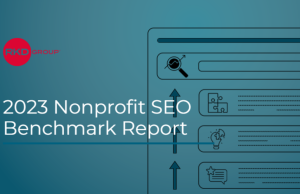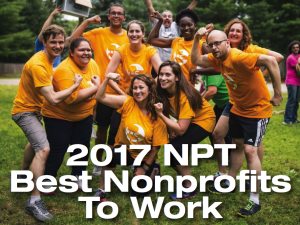When hurricanes struck Texas, Florida and Puerto Rico almost two years ago, the spartan social media staff at Direct Relief was overwhelmed with messages via Facebook Messenger with questions about how to donate, volunteer or get help.
The Goleta, Calif.-based disaster relief agency had fewer than two people handling social media, so leaders turned to building a chatbot to handle all of the messages. Response times were reduced from 48 hours to less than a minute.
Now, Direct Relief is launching a new program to help others charities build their own bots for free, with an online tool that can get an organization up and running within hours.
Direct Relief and bot consulting firm Mind Heroes have set up a site called BotsforCharity (https://botsforcharity.com/), which walks people through a simple bot setup process. It includes templates to fill out for basic functions, including an interactive Frequently Asked Questions (FAQ) section. The technology uses an underlying commercial bot platform (either Chatfuel or ManyChat) and runs on Facebook and Facebook Messenger.
There is no charge for using Botsforcharity. Depending on which features the charity wants, there might be a small fee to one of the two underlying bot technology platforms upon which the system operates. ManyChat starts at $10 per month for the level needed to use the template. Chatfuel has a free tier that works with the template, or a $15 per month level that offers more features.
“Chatbots make sense for nonprofits for the same reason they make sense for businesses,” said Tony Morain, communications director for Goleta, Calif.-based Direct Relief. “Nonprofits are so strapped for resources. Taking a tool we’ve found so useful and sharing it with other nonprofits benefits all of us,” he said.
The simple bot buildable with BotsforCharity invites visitors to use a menu system to bring them to various website pages including Donate, Volunteer, Receive Assistance, About Us, and Ask a Question. The “Ask a Question” selection brings the user to a choice of a Frequently Asked Question (FAQ) or “Get a Live Person,” which in turn could bring up a live chat with a customer service representative — if the nonprofit has staffed such a position.
There is no machine learning or artificial intelligence behind the curtain constantly learning how to better answer questions. Instead, the bot is more like a smart FAQ, able to handle the most common questions and directing the rest to a human.
The underlying platforms reduce the risk of BotsforCharity turning into a technical dead end. Facebook Messenger claims 1.3 billion active users, second only to the 1.5 billion users of WhatsApp, which is also owned by Facebook. Because Facebook has promised to merge Facebook Messenger with WhatsApp and Instagram, the bots built under this system will likely be accessible to users of all three apps, according to Direct Relief.
To register, visit https://botsforcharity.com












